A brand story – what is it and why is it important?
18th February 2020
Brand thinking by Angle Ltd – 18 Feb 2020
A brand story helps to define a brand. You can think of it as a brand’s DNA – the core information that describes the brand and helps to make it unique.
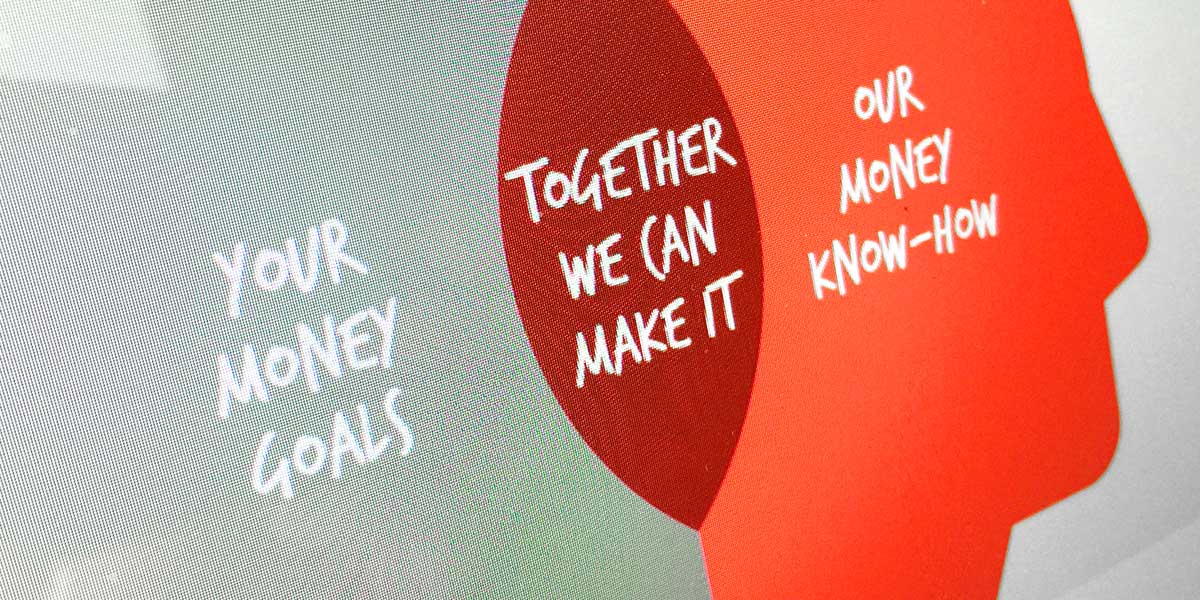
A beginning – how to write a good story
At primary school I remember my teacher telling the class that a good story has a beginning, a middle bit and an ending.
If I think back to that idea, I’m pretty sure they were telling us to plan and think ahead about our essay or story-writing and to structure what we wrote. Which really is sound advice for everyone.
Fast-forward many, many years and my writing knowledge, along with my design skills, are being applied to brands rather than essays, which brings me nicely to the point of this piece – brand stories.
I want to briefly cover the following:
• What is a brand story?
• Why are brand stories important?
• What do you do with a brand story?
The middle bit – some more detail about brand stories
Stories are a vital part of everyday life. They help us learn, they entertain us and they engage us. People respond well to stories and in the world of branding, storytelling helps to develop positive experiences for people. A brand with a truthful and powerful story inspires an emotional reaction and is instantly more attractive, persuasive and memorable.
So what is a brand story?
A brand story helps to define a brand. You can think of it as a brand’s DNA – the core information that describes the brand and helps to make it unique.
A brand story can be a passage of narrative that covers facts and feelings about a brand, with the aim of bringing it to life, creating a persona, adding meaning and building connections with people.
Sometimes a brand story contains elements of a brand’s history and origins but often it also refers to the present and future. Brand values and associated behaviours can also form part of a brand story along with what your brand actually does, who for and why.
The way a brand story is written (i.e. the tone of voice, the pace, the language and terminology) is very much part of the overall story. If pertinent to the brand, it could employ humour or wit, it could sound formal or informal. The narrative could be calm and considered or quick and excitable.
Most of all, it needs to tell people what makes the brand unique, what it has to offer and what the brand cares about.
Creating a new brand is a two-part process that requires a combination of strategy and creativity. Defining a brand and writing a brand story is considered to be the strategic part of the process but the two disciplines need to be closely related and in sync, so that strategy and creativity align.

Why are brand stories important?
A well-written brand story provides inspiration.
Inspiration for a brand’s identity – the look, the colours, the design of the logo, the choice of images and the way it uses language and typography. It also helps to frame a brand’s communications and messages to its audience across all channels. Brands also need to be selective about who they communicate with and how – the story helps with this too.
Think of a brand as a person for a moment. A good brand story answers their ‘why?’ It shapes who they are and reminds them why they do what they do and how they should come across. In this respect, a brand story is just as valuable for business owners, directors and employees as it is for your customers. In other words, it has a role inside an brand’s organisation to help galvanise behaviours, thoughts and feelings as well as directly influencing external brand communications.
What do you do with a brand story?
In short, you use it and refer to it whenever you make business decisions and whenever and wherever your brand communicates.
Many organisations choose not to present their brand story externally word-for-word. In my experience, it becomes more valuable as a guide to help you connect customers emotionally with your brand. Consistency is key and if you interpret and tell your story in creative and interesting ways, customers will build their own positive perception of who your brand is. And that’s the first step in creating a strong brand.
I’m a firm believer in telling brand stories in different but consistent ways. And not just with words. You can promote a brand with pictures and with words, as long as they conform to the same brand story. Digital content can become part of your brand story. Marketing communications in print and online can extend your story. You can tell a quality story, a problem-solving story, a historical story. However and wherever you tell it, be creative and be consistent. If you’re not consistent, people will easily identify any discrepancies. We’re all so used to being flooded with daily communications, that we can easily spot things that are out of character.
The end – leading by example
And so to the ending. I thought it would be good idea to show a real-life example, as a way of explaining how a brand story is put into use.
The Collaborative Consulting brand story
The financial planning sector is busy and competitive. Collaborative Consulting wanted to do things differently and came to Angle for help.

The brand story that we created positioned the business as a personal, advice-driven partner, rather than a sales-led asset manager. The brand’s expert financial advice helps to manage emotions, not just funds, and this is the key difference. Collaborative Consulting focus on the things that are proven to deliver a predictable result.
Key points in their brand story relate to:
• Partnership
• Trust
• Personal approach
• Empowerment
• Security
• Emotions
• Understanding
• The power of 2
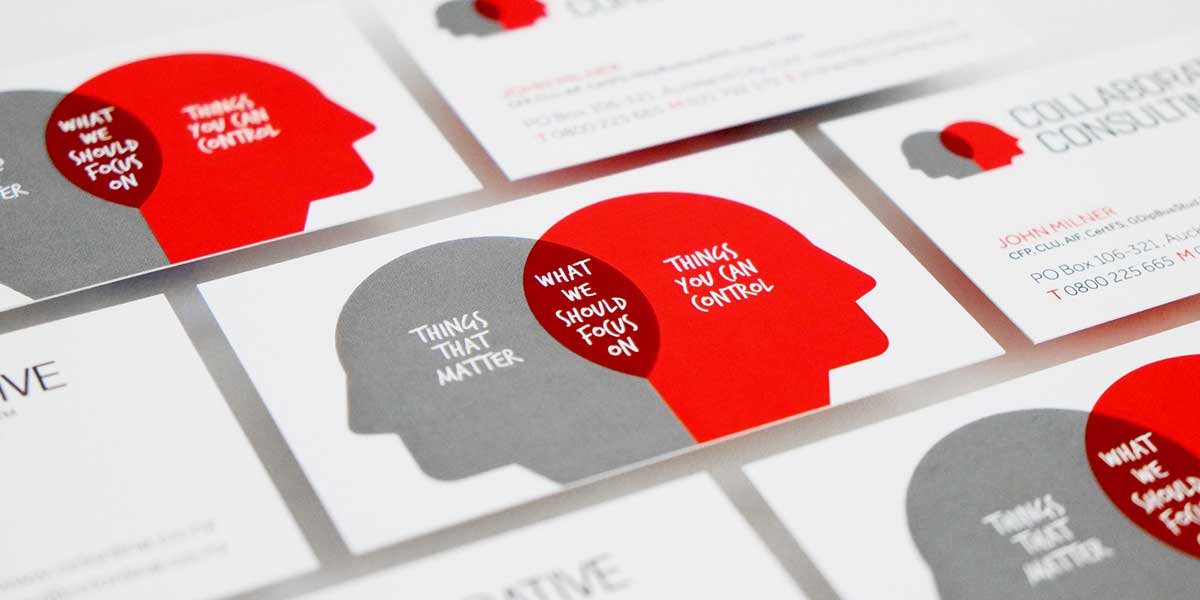
After creating the brand story, we set about establishing a new identity that captured the heart of their story (and the minds of their customers).
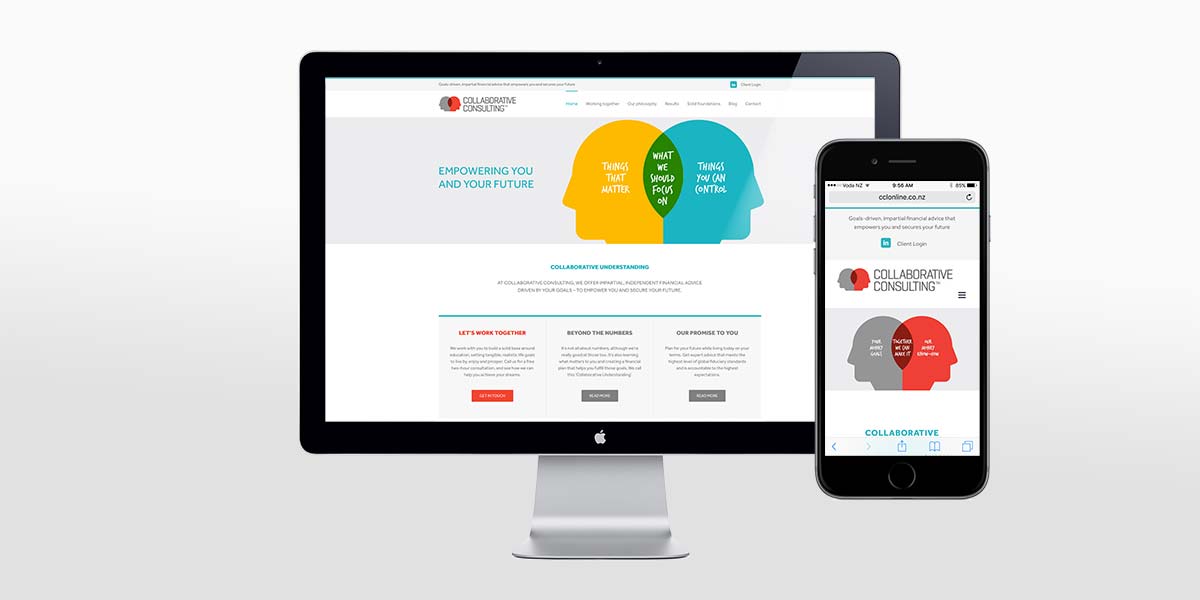
The fresh and empowering approach suggests collaboration between client and adviser. The visual elements communicate the balance of personal empathy and professional logic.
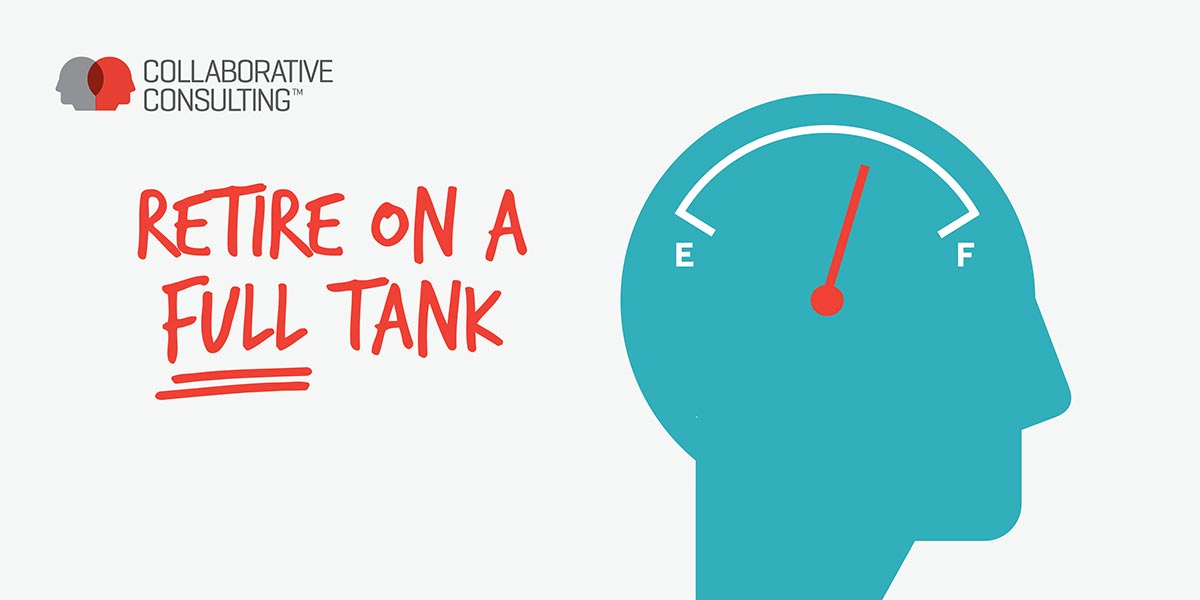
In everything from the logo, the choice of fonts, the copywriting, illustrations and the design execution, we tell their story in lots of different ways and give people clues about ‘what’s on the inside’.
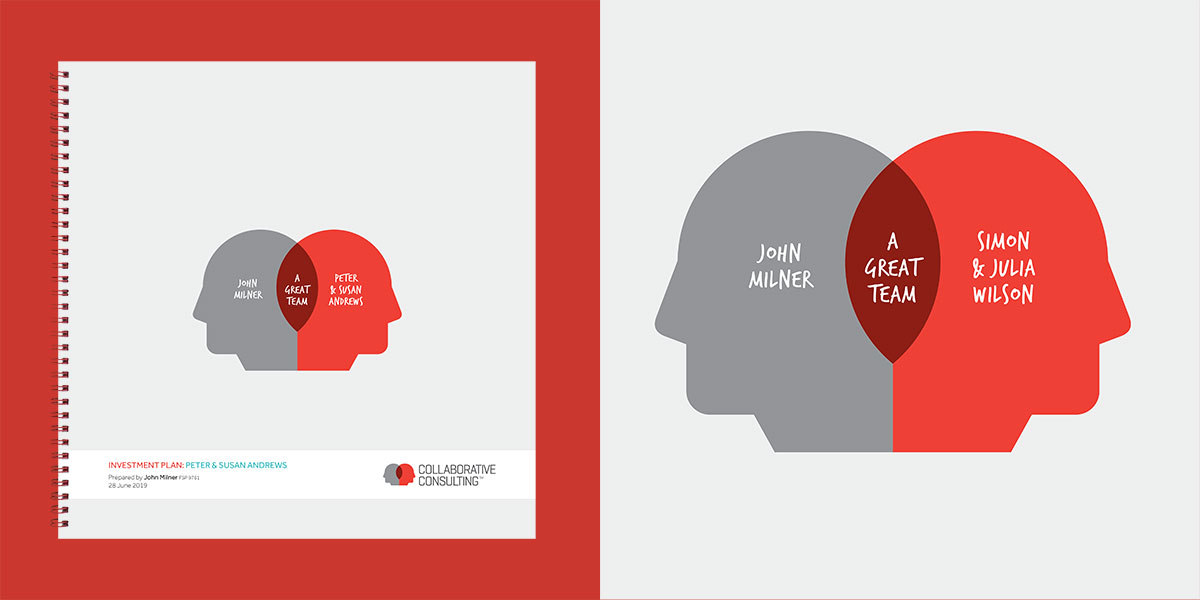
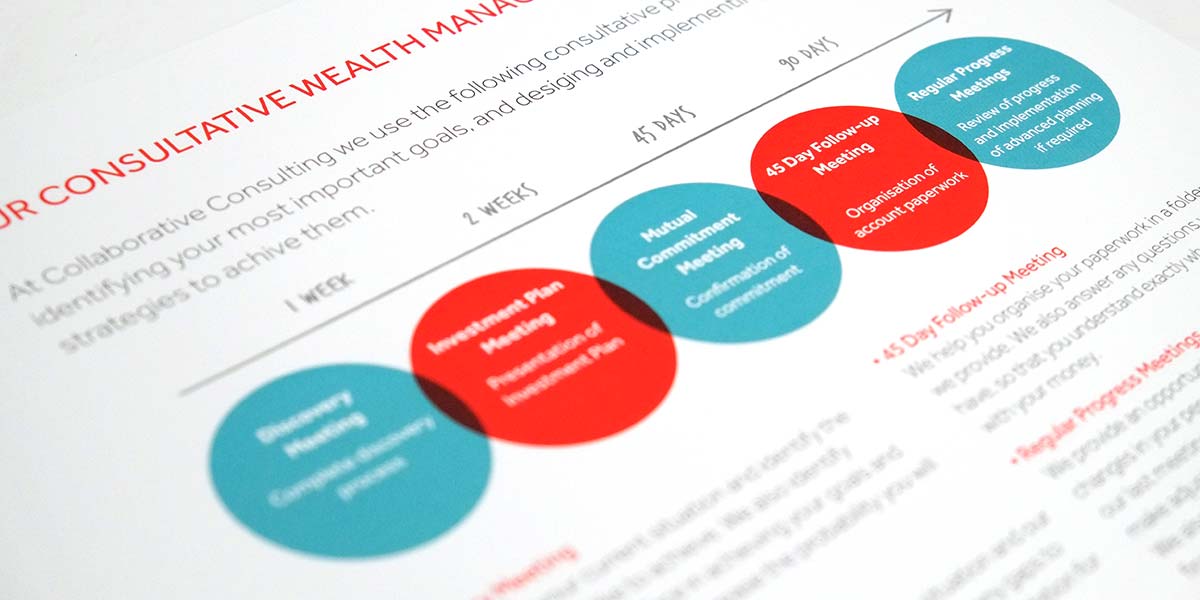
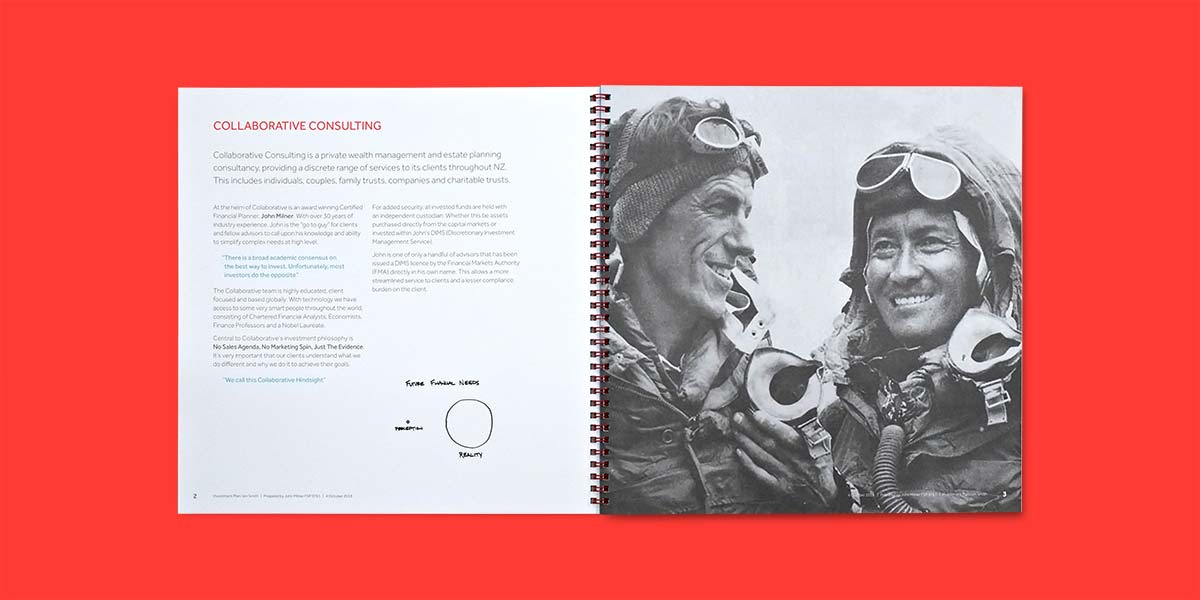
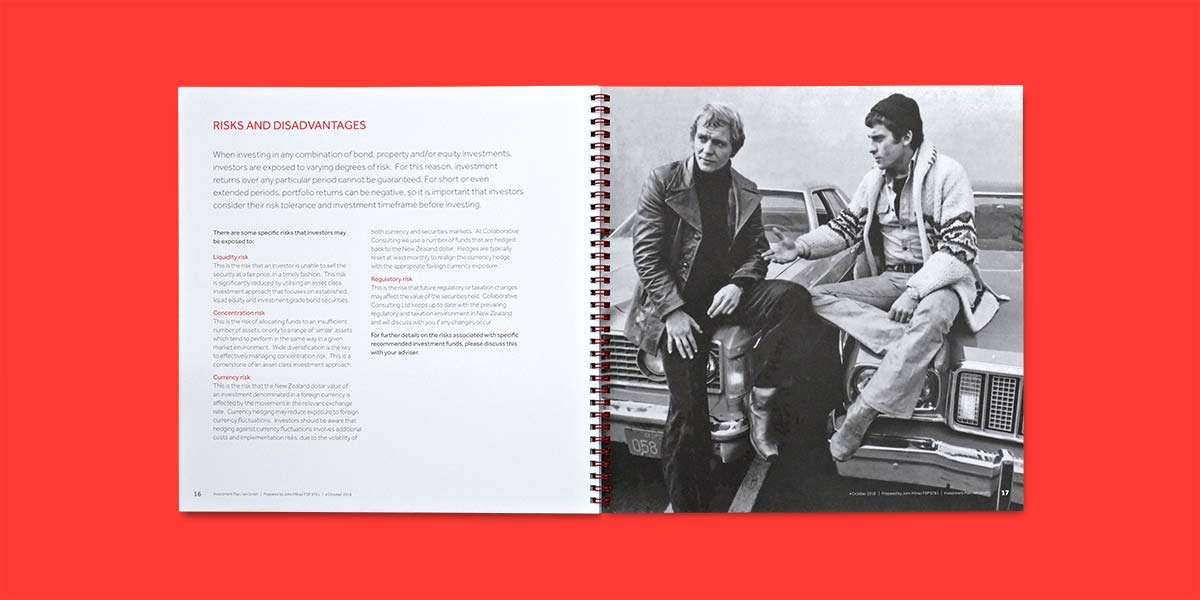
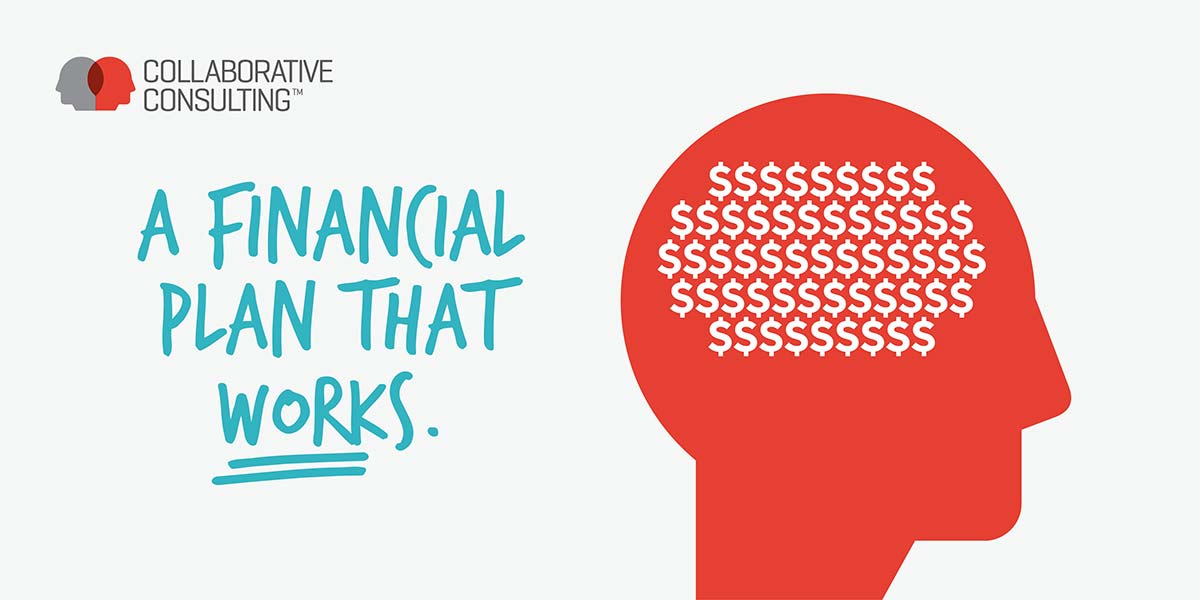
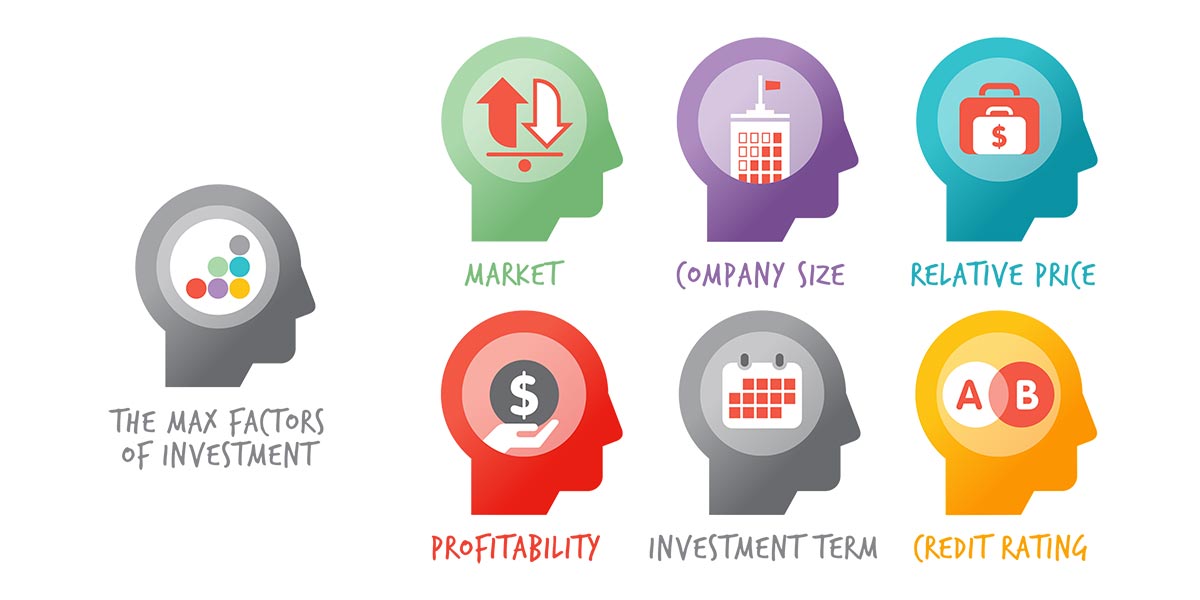
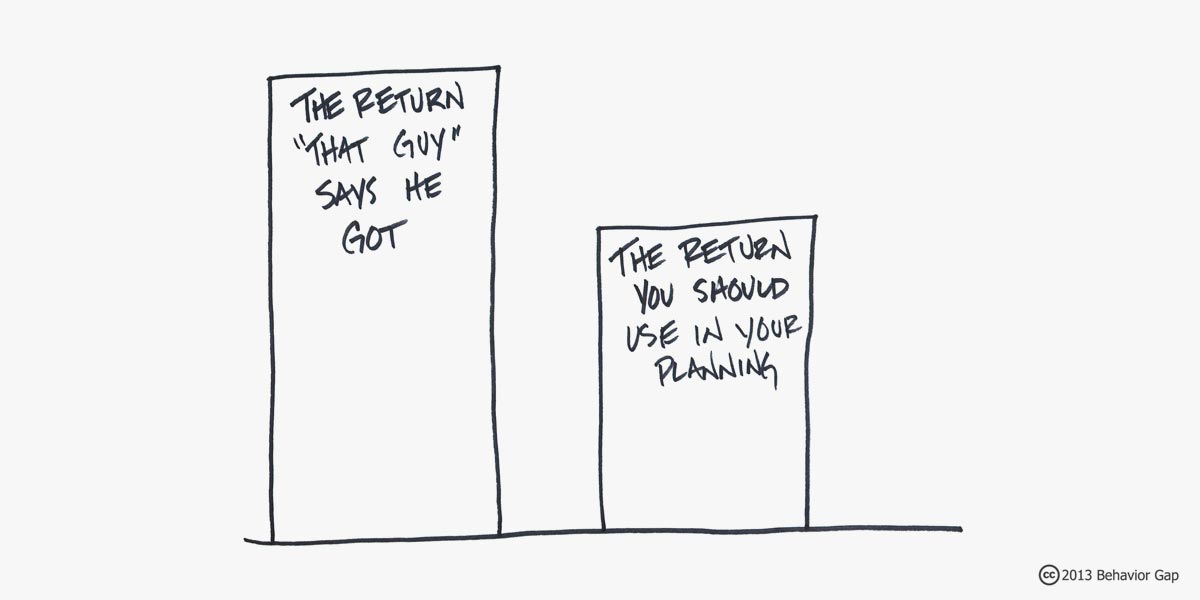
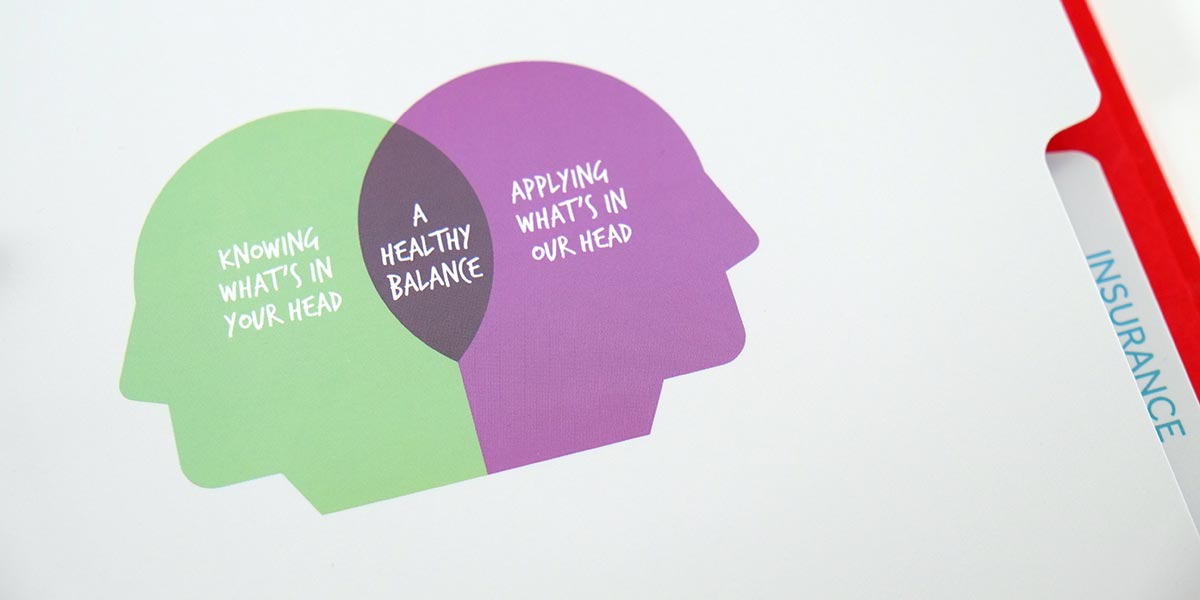
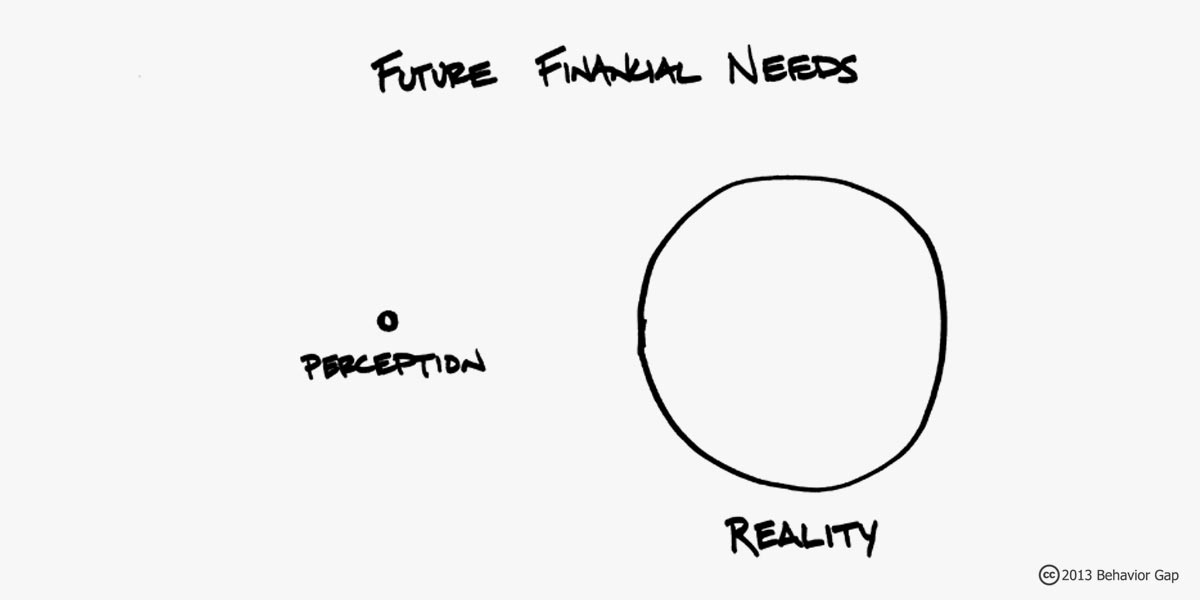
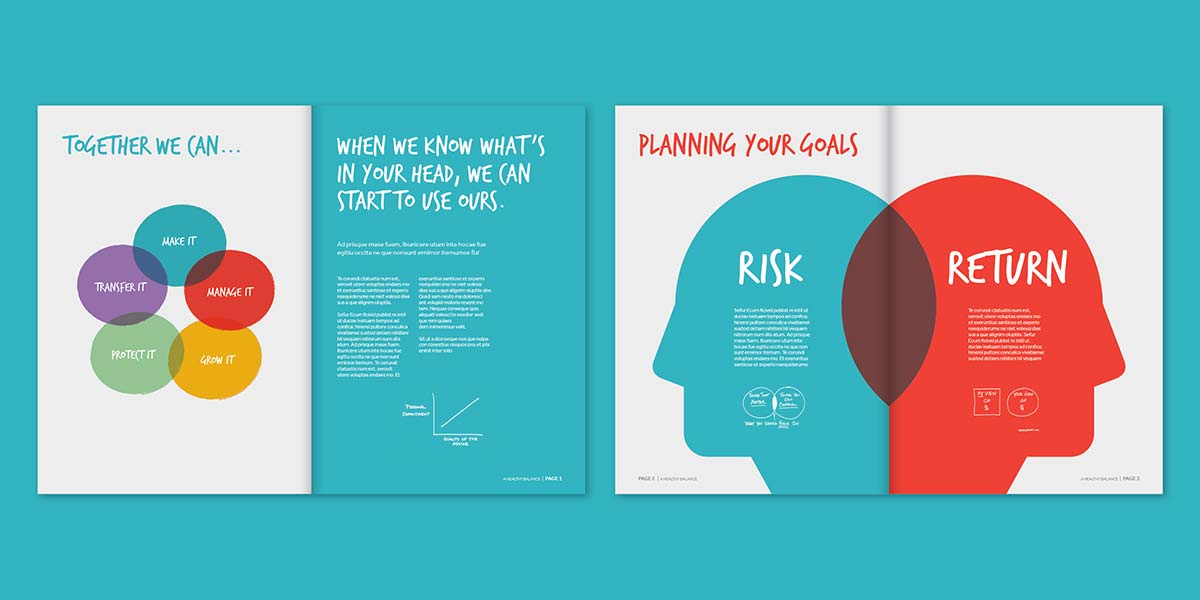

Read further Angle case studies about Collaborative Consulting:
Branding case study
Website case study
Investment plan proposal case study
Talk to Angle about brand experience and communications
We are a full service branding and communications agency with a solid track record of brand experience projects. We deliver the full package of skills that you need to get your brand fighting fit. Find out about our creative and strategic services – we’re experts with a down to earth approach.

Rob Holloway is the Owner & Creative Director of Angle Limited. Angle has clients in NZ, Europe & Australia. Our point of difference is our ability to create a point of difference for our customers. We help people grow successful brands by making them stand out, by solving problems, building customer experiences and driving results.
